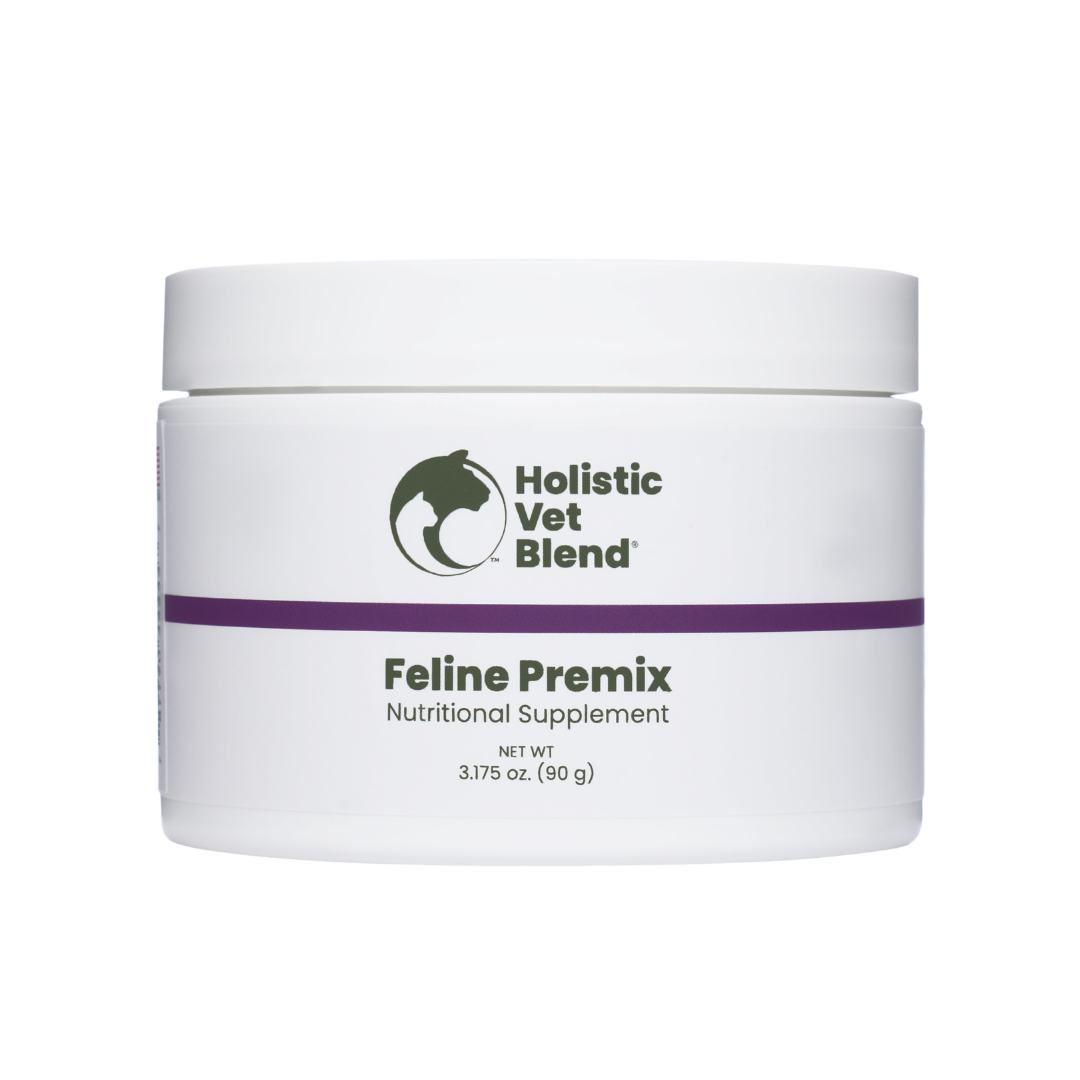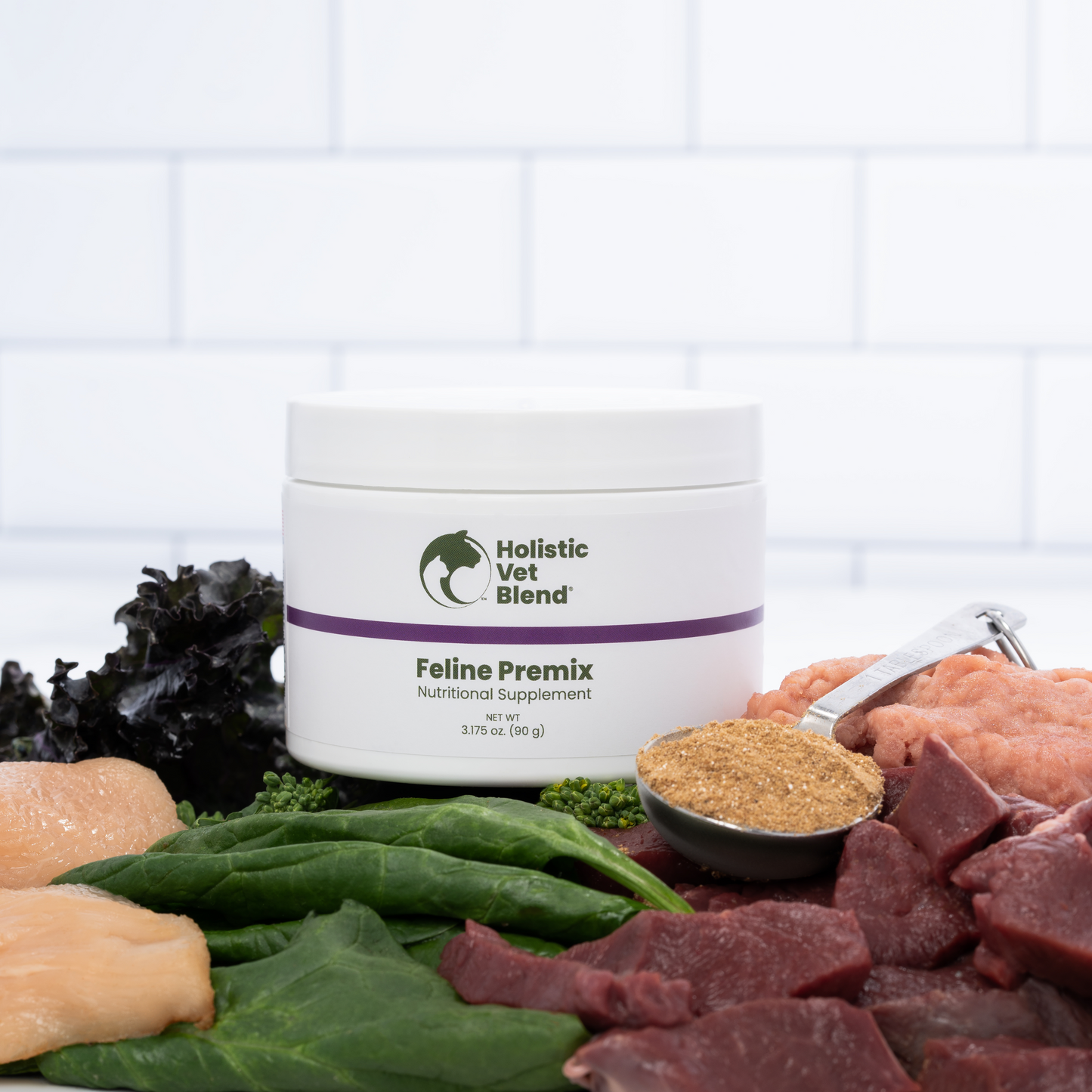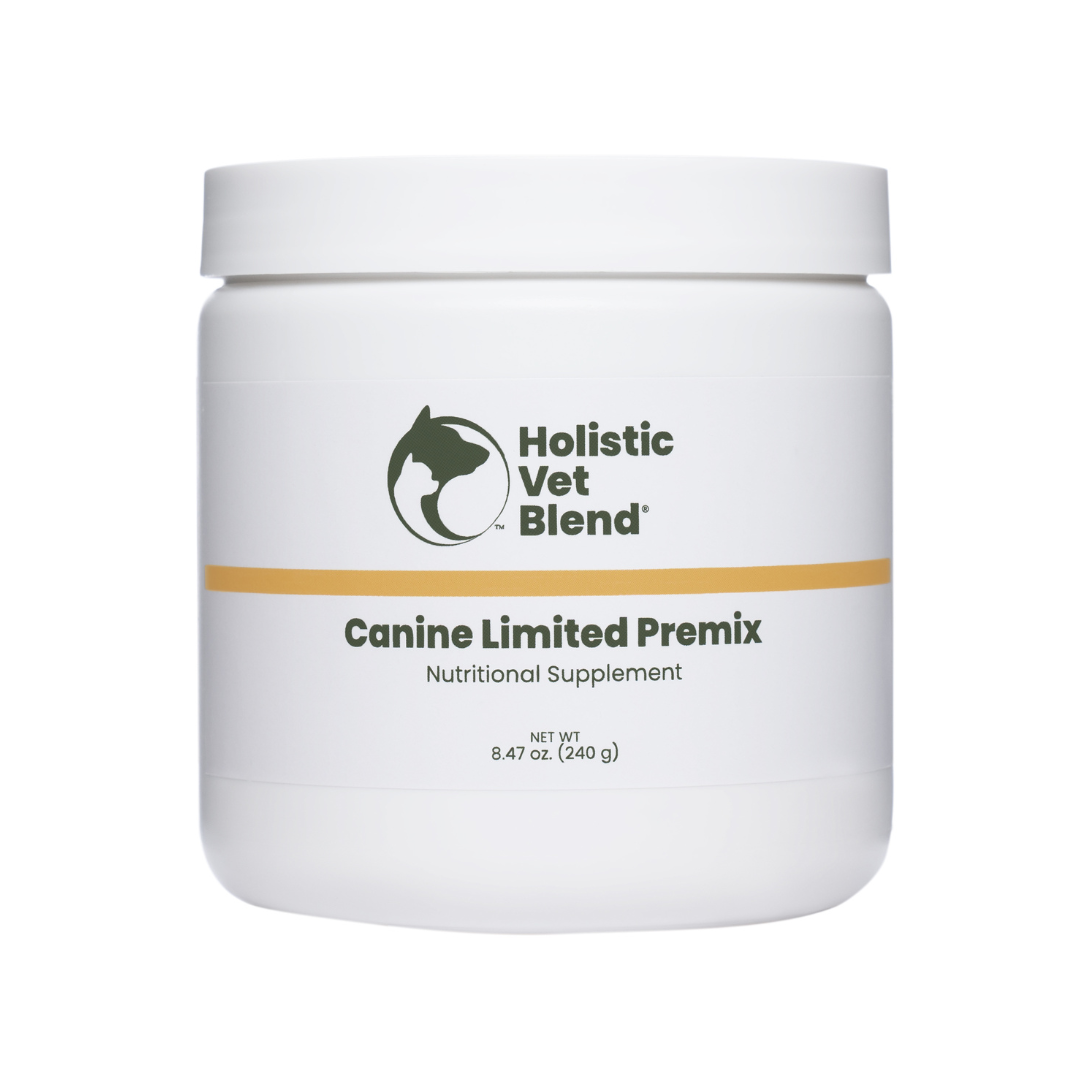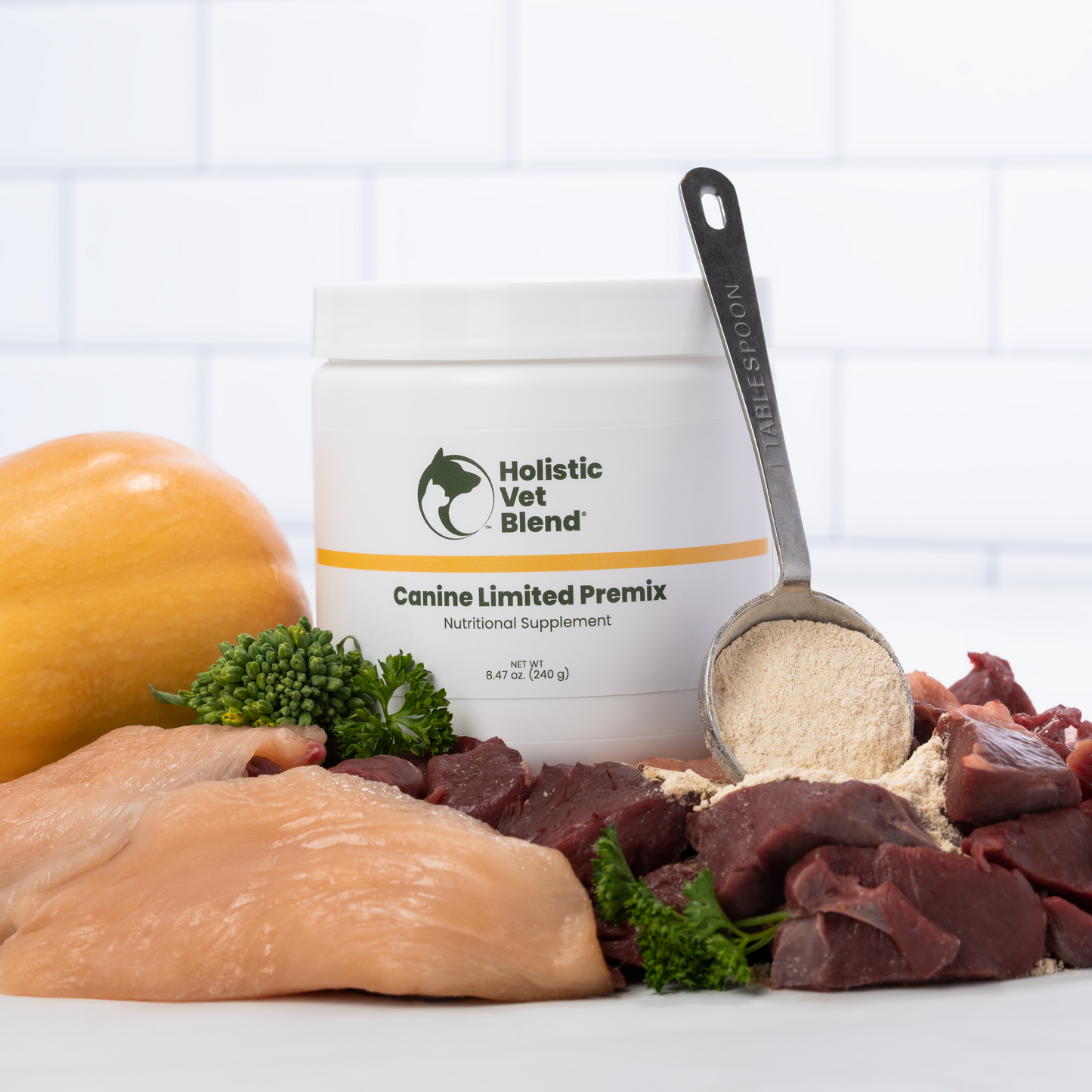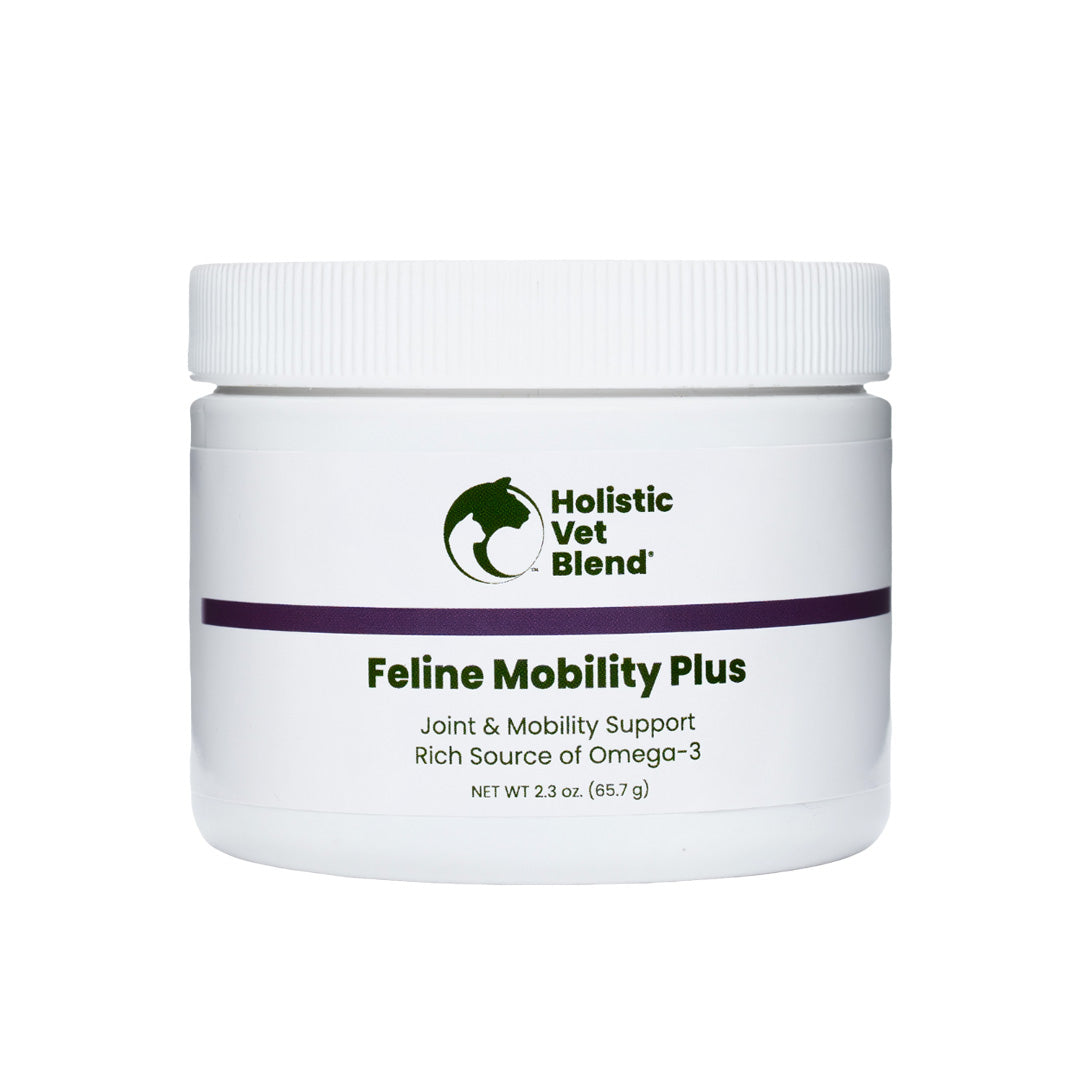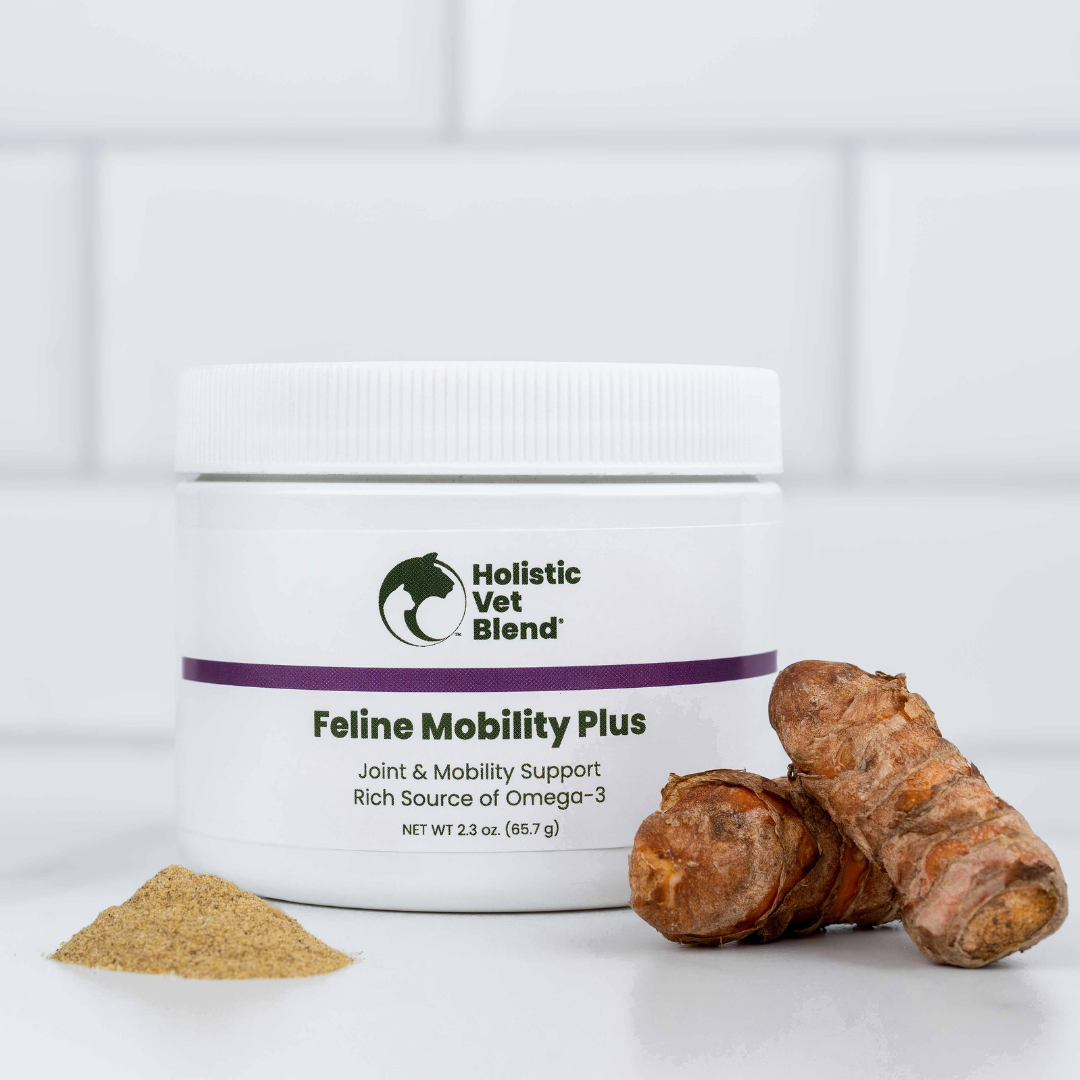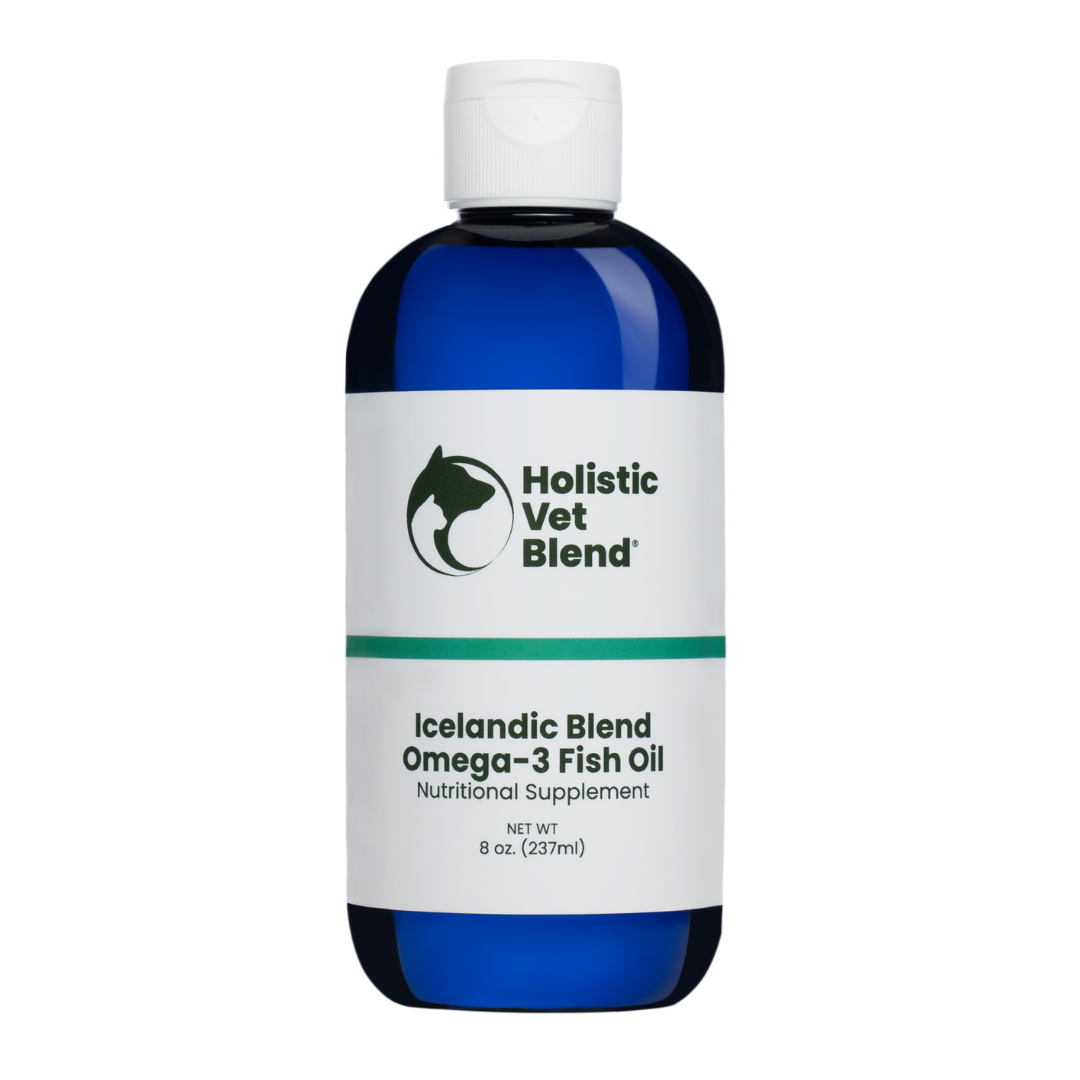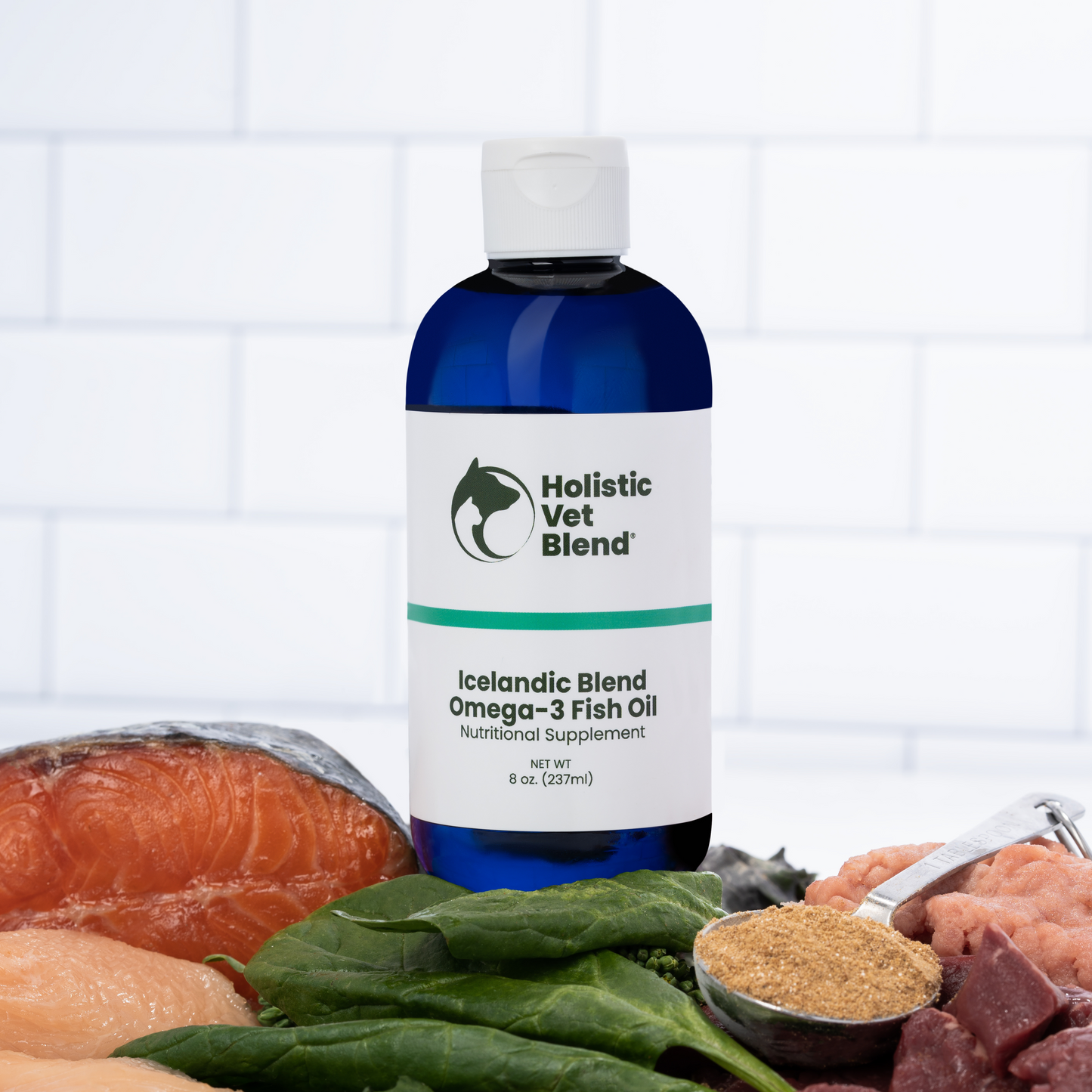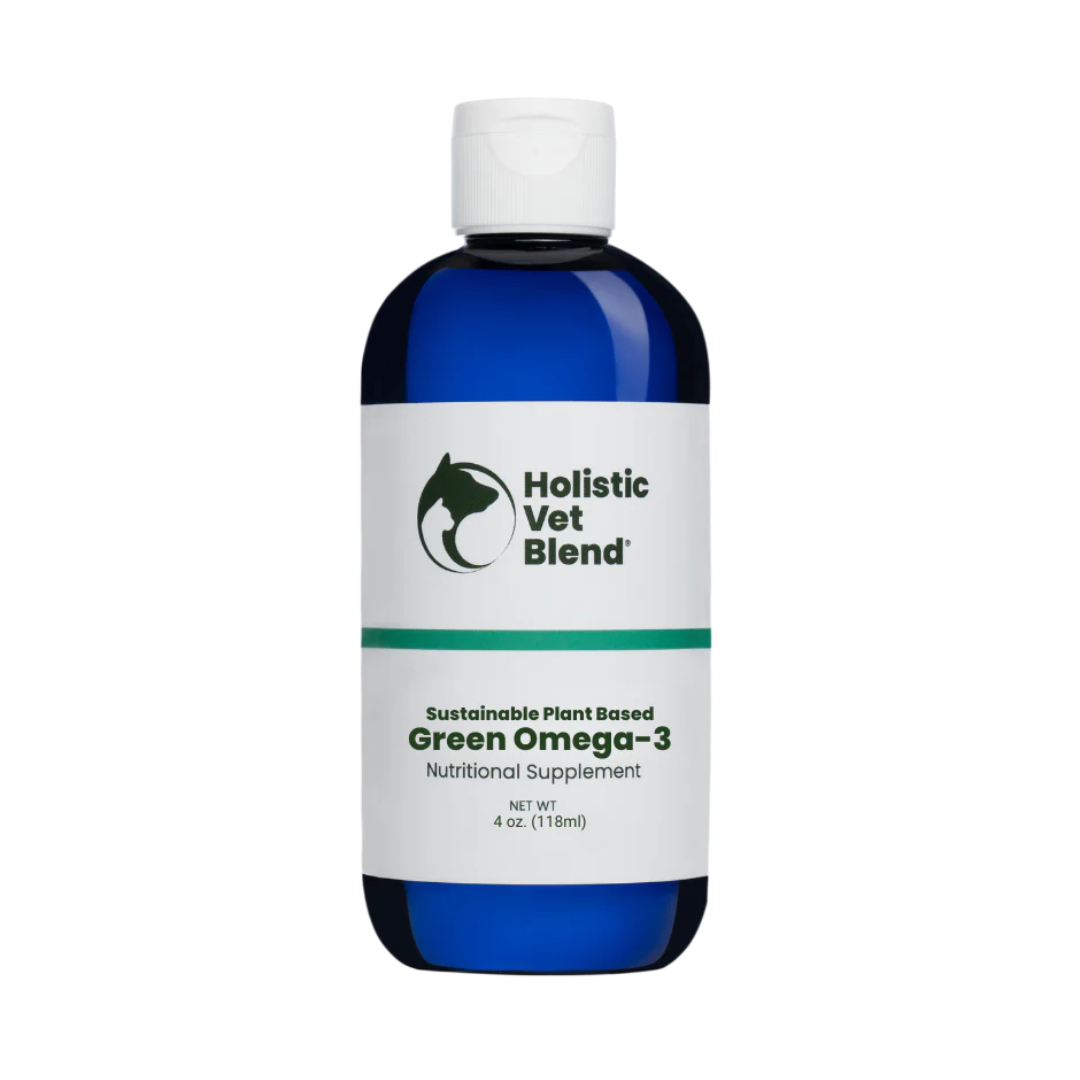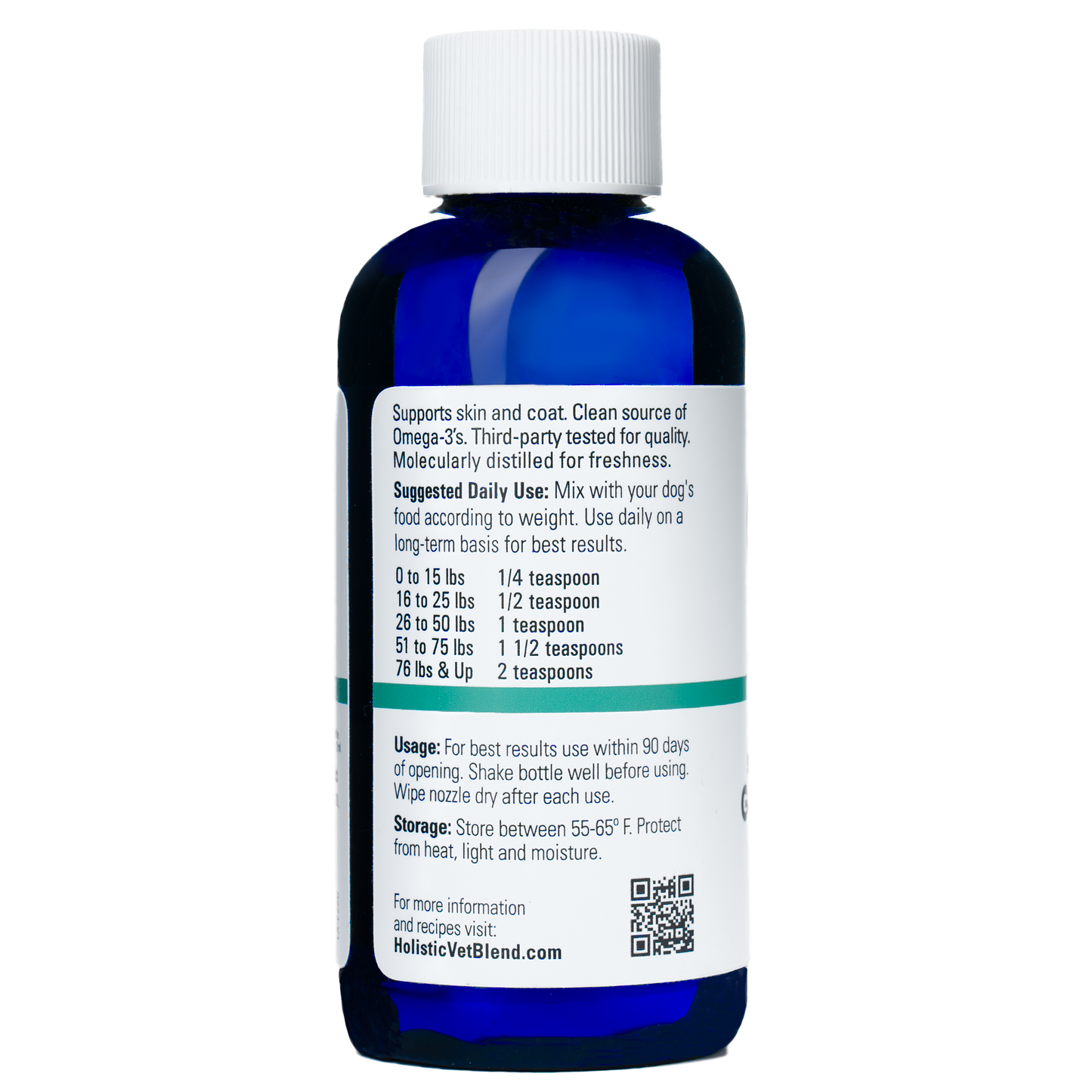
Introduction
After more than 30 years in integrative veterinary medicine, one thing has become impossible to ignore: pets suffering from aggressive cancers, chronic skin infections, inflammatory bowel disease, or heart and kidney problems often have one thing in common—low levels of vitamin D.
Whether it’s a Labrador with a mast cell tumor, a dog with relentless atopic dermatitis, or a cat battling chronic kidney disease, I’ve repeatedly seen the effects of vitamin D deficiency firsthand. And while the science is still catching up, clinical experience and recent research now tell a remarkably consistent story: vitamin D is more than a nutrient—it’s a key to immune balance, cancer defense, and systemic resilience.
One Health
Vitamin D deficiency is a serious issue
From a One Health perspective, vitamin D deficiency isn’t just a human issue—it’s a shared health concern across species. Studies suggest that up to 40% of U.S. adults are vitamin D deficient, and emerging veterinary data shows that over 75% of dogs and more than 80% of cats may also have insufficient levels. Despite living in the same homes and eating fortified diets, both people and pets are falling short—raising important questions about nutrition, chronic disease, and what we can do to fix it.
During the COVID-19 pandemic, researchers found that people who were low in vitamin D were much more likely to end up in the ICU or die from the virus than those with healthy levels. In fact, people with good vitamin D status were about half as likely to get severely sick. This showed scientists just how important vitamin D is—not just for bones, but for the immune system’s ability to fight off serious infections.
It's so important for our pets and ourselves!
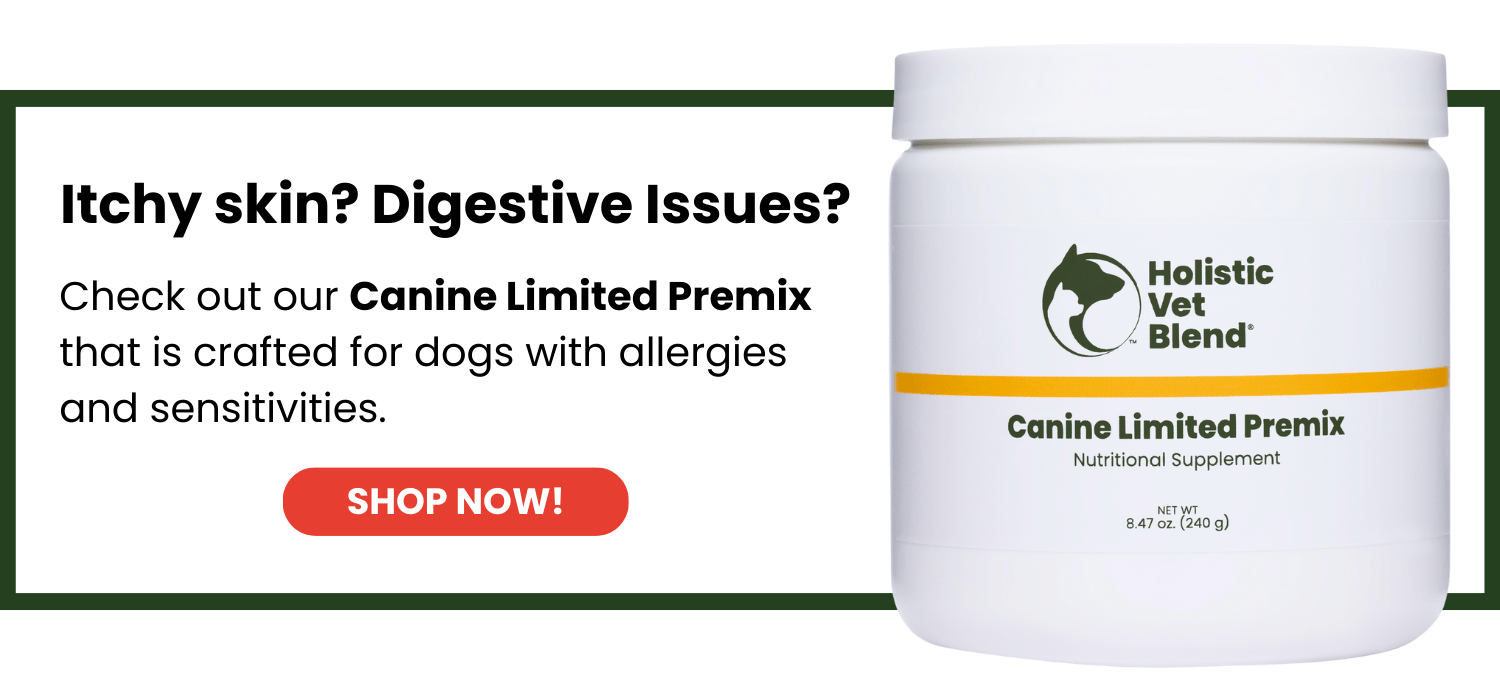
Vitamin D for dogs benefits
Though often called the “sunshine vitamin,” dogs and cats are not able to synthesize vitamin D from sunlight exposure the way humans do.
This means their only source of vitamin D is through food.
Once consumed, vitamin D is converted by the liver into 25(OH)D, the form used to measure vitamin D status. From there, the kidneys (and some other tissues) convert it into 1,25(OH)₂D, the active hormone that binds to vitamin D receptors (VDRs) and influences:
- Calcium absorption and phosphorus homeostasis
- Regulation of parathyroid hormone
- Modulation of the immune system
- Support for kidney function, heart disease resilience, and even muscle growth
In short, vitamin D is not just for strong bones—it’s a cornerstone of full-body health.
Vitamin D and Canine Allergies
Canine Atopic Dermatitis (CAD) is one of the most common chronic skin conditions in dogs, and it often opens the door to secondary infections—especially from bacteria like Staphylococcus pseudintermedius and yeast like Malassezia pachydermatis. These infections make symptoms worse, leading to more itching, inflammation, and discomfort. Traditionally, treatment focuses on suppressing the symptoms using glucocorticoids and antihistamines, but long-term steroid use can cause serious side effects: increased thirst and urination, hair loss, muscle wasting, and a weakened immune system—which ironically increases the risk of even more infections.
This is where vitamin D3 becomes especially important. Research shows that low levels of serum vitamin D3 are linked to more severe symptoms of atopic dermatitis—not just in humans, but likely in dogs as well. Unlike symptom-only treatments, vitamin D3 supports the immune system at a deeper level by boosting the body’s ability to fight off harmful bacteria and yeast. It also plays a role in regulating the immune response itself, helping reduce inflammation without the harsh side effects of long-term steroids.
In short: vitamin D3 may help protect dogs with CAD from developing the secondary infections that make this condition so frustrating and difficult to manage—while also addressing some of the root causes behind the immune dysfunction.
Protection Against Infections and Chronic Inflammation
Many people know that vitamin D is important for bone health, but fewer realize that it also plays a big role in regulating inflammation—in both humans and pets. In people, low levels of vitamin D have been linked to a number of chronic inflammatory diseases like inflammatory bowel disease (IBD), rheumatoid arthritis, and even asthma. When vitamin D is low, these conditions often become more severe. But here’s the catch: scientists still don’t know whether low vitamin D causes inflammation, or if inflammation somehow causes vitamin D levels to drop—it could go both ways.
We’re seeing similar patterns in pets. In dogs with chronic gut inflammation (a condition similar to IBD in humans), lower vitamin D levels are linked to more severe disease and higher levels of inflammation in the body. In cats, those with high white blood cell counts—a sign of inflammation or infection—also tend to have lower levels of vitamin D. These patterns suggest that vitamin D may help regulate inflammation in animals, too.
Even if we don’t fully understand the cause-and-effect relationship yet, one thing is clear: keeping vitamin D at healthy levels may help support the immune system and keep inflammation in check.
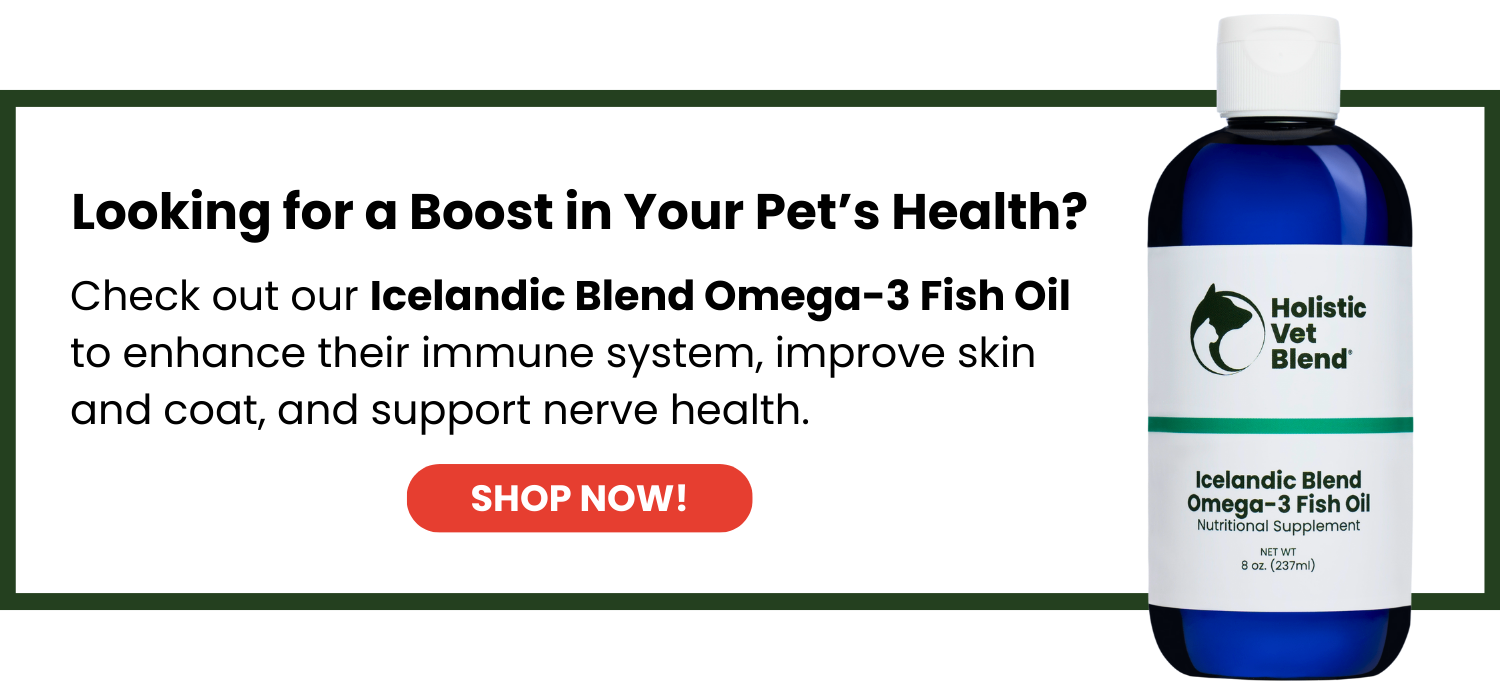
What Science Says About Vitamin D and Cancer Risk
In a landmark study on Labrador Retrievers with mast cell tumors (MCTs), researchers found that dogs with MCTs had significantly lower serum 25(OH)D levels than healthy controls—even though both groups had similar dietary intake of vitamin D(3).
This suggests that low vitamin D concentrations may be a contributing risk factor, not merely a consequence, of cancer.
The vitamin D receptor is expressed in many cancer cells. When activated by vitamin D supplementation, it can help regulate cell growth, promote apoptosis, reduce inflammation, and inhibit the formation of new blood vessels that tumors need to grow.
A 2024 systematic review and animal study in ovarian cancer confirmed this: rats fed cholecalciferol (vitamin D3) showed reduced p53 mutation signatures, lower tumor incidence, and greater immune cell apoptosis in precancerous tissues.
From rats to retrievers, the evidence continues to mount: vitamin D may help prevent or slow the development of certain cancers.
How Much Vitamin D is Enough?
According to AAFCO (American Feed Control Officials) and the National Research Council, the recommended allowance for adult dogs is 125 IU of vitamin D per 1,000 kcal of pet food. However, studies show healthy dogs can have serum vitamin D levels ranging from 9.5 to over 200 ng/mL—a massive variation.
Some experts suggest vitamin D sufficiency in dogs occurs around 100–120 ng/mL, where parathyroid hormone levels are optimally suppressed.
However, many kibble-fed dogs fall well below that range—even when the label claims to meet requirements.
Is Pet Food Enough?
The vitamin D content of dog food may not reflect its bioavailability. Ultra-processed diets may contain synthetic or degraded forms of vitamin D, especially after long-term storage or exposure to heat.
Kibble is often low in whole food sources of vitamin D, such as:
- Fatty fish (like sardines or salmon)
- Egg yolks
- Liver or organ meats
Additionally, chronic conditions like kidney disease, inflammatory bowel disease, or congestive heart failure can impair absorption, increase urinary losses, or reduce activation of vitamin D.
In these patients, we often see signs of vitamin D insufficiency or deficiency, including:
- Muscle weakness
- Lethargy or low immune resilience
- Poor calcium levels and weak bones
- Chronic inflammation
- Reduced appetite and poor healing
Can You Supplement Too Much?
Yes, but toxicity is rare with proper veterinary guidance. Vitamin D toxicity (or vitamin D poisoning) can cause:
- Vomiting, increased thirst
- High levels of calcium in the blood
- Kidney damage from calcification
- Neurological symptoms
That’s why I recommend working with a vet and using bloodwork to guide dosing. Testing 25(OH)D gives the clearest view of your pet’s vitamin D status.
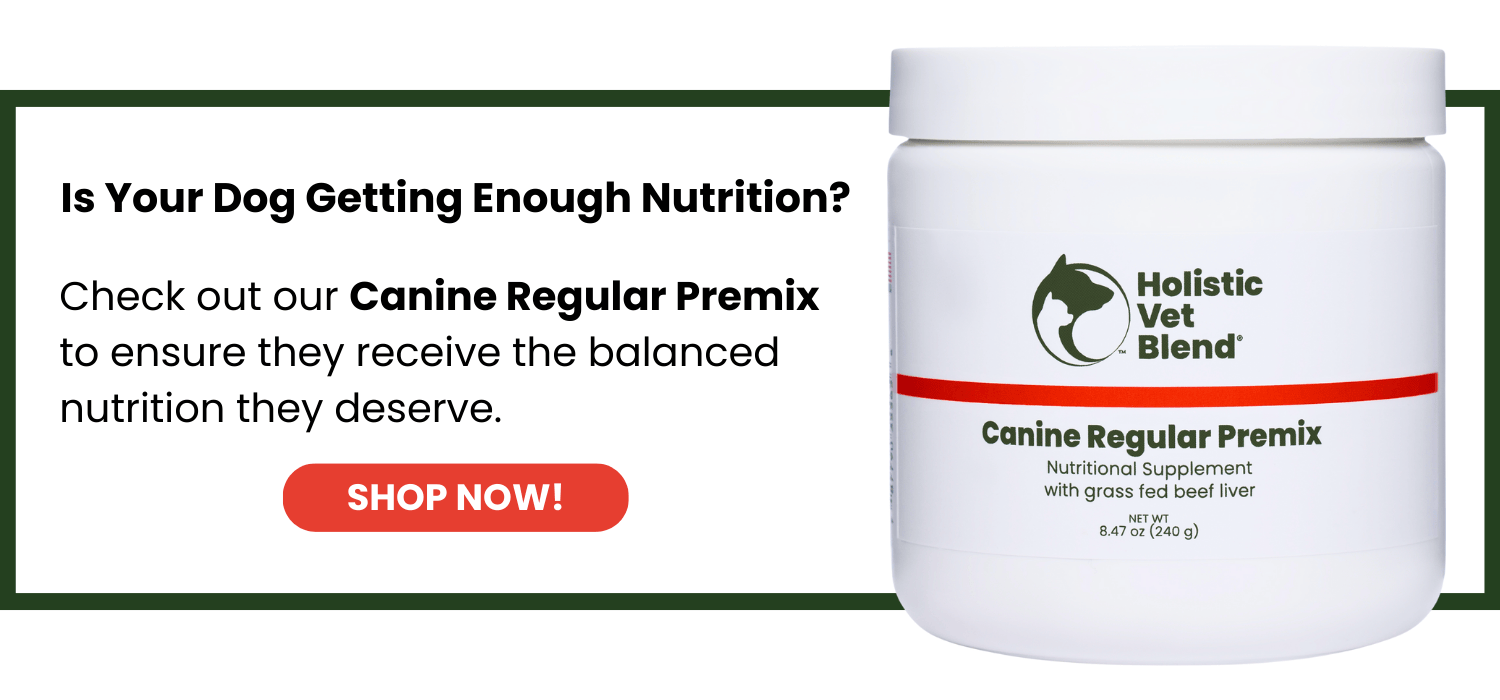
What You Can Do
1. Ask your vet to test vitamin D levels, especially if your pet has:
- Cancer or immune disorders
- Atopic dermatitis or chronic skin issues
- Chronic kidney disease or heart disease
- GI disorders like IBD
- Give your veterinarian contact information for VDI Labs, which has an affordable test option.(4)
- Have your veterinarian contact 805-577-6742 and they will give more information on how to submit a sample.
2. Evaluate your pet’s diet. Perhaps it would benefit from a fresh, balanced diet with added superfoods such as sardines, grass-fed beef liver, or eggs?
3. Consider a fresh, whole-food approach.
Holistic Nutrition That Supports Optimal Vitamin D Levels
Our Holistic Vet Blend™ Canine Formulas are crafted with real, nutrient-dense ingredients. There are options to add sardines, grass-fed beef liver (in our Canine Regular Blend), and egg yolk to our Regular blends—rich sources of bioavailable vitamin D and essential cofactors for absorption.
Unlike ultra-processed pet food, our formulas are:
- Lightly cooked for nutrient preservation
- Optimized for digestibility and immune support
- Designed by veterinarians for clinical-grade health outcomes
In Summary
Over decades in practice, I’ve seen how vitamin D deficiency shows up again and again in pets with cancer, chronic disease, and skin problems. And while it’s easy to overlook, it may be one of the most modifiable factors in your pet’s long-term health.
Don’t guess—test, supplement wisely, and feed with intention.
Ready to support your dog’s wellness from the inside out?
Try Holistic Vet Blend Now!
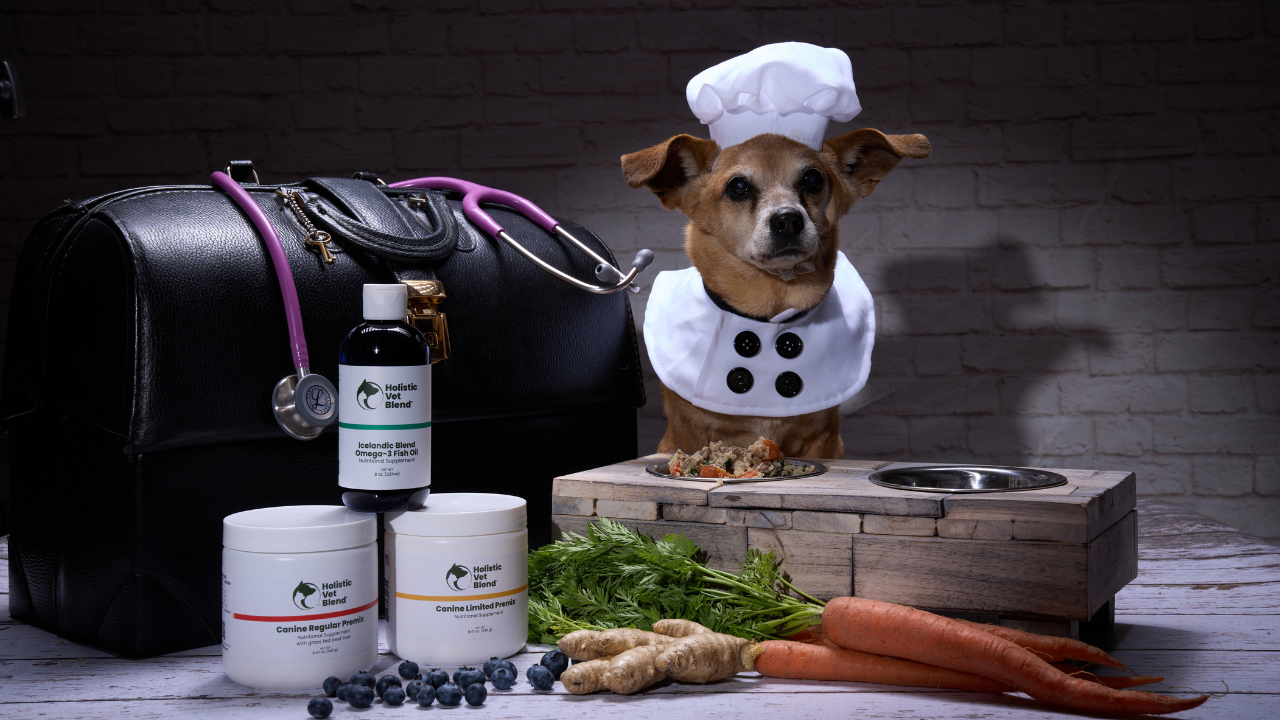
Frequently Asked Questions (FAQ)
How are Vitamin D3 levels from laboratory testing categorized?
When your veterinarian performs laboratory testing for vitamin D, they are measuring the 25(OH)D concentration in the blood. While the National Research Council (NRC) provides minimum and maximum dietary recommendations, no officially agreed-upon reference range for blood levels defines sufficiency for all pets.
A general, speculative guide for vitamin D levels might look like this:
|
Status |
25(OH)D Level (ng/mL) |
Interpretation |
|---|---|---|
|
Deficient |
< 20-40 |
Associated with rickets, osteomalacia, and increased disease risk. |
|
Insufficient |
40-99 |
May not be enough for optimal immune and organ function. |
|
Sufficient |
100-120 |
Often cited as the target range for optimal health in dogs. |
|
Excess/Toxic |
> 150-200 |
Poses a risk of vitamin D toxicity and hypercalcemia. |
Should I supplement my pet with Vitamin D3?
Since it is a fat solube Vitamin and toxicity can easily develop when oversupplemented it's best to have your dog's level checked. This is one of the most frequent tests run in human medicine. It's time we started looking more closely at pet's levels. VDI labs has a test and will tell you precisely how much Vitamin D to give to correct the deficiency. I have used their test and product for years and have been very happy with the response when supplemented with their recommendations.

Safety Guidelines for Adding Vitamin D to Pet Diets
If your veterinarian tells you that your pet needs vitamin D supplementation, it is very important to follow their safety rules. Vitamin D is a fat-soluble vitamin. This means that too much of it stays in the fat in the body, and this can build up to dangerous levels over time.
The most important rule is to never administer vitamin D to your pet without your veterinarian's monitoring. Your vet will look at your pet’s blood tests, body weight, what your pet eats, and how healthy they are before making any recommendation about vitamin D3. To keep your pet safe while giving vitamin D supplementation, remember these points:
Consult Your Vet First:
You need a blood test to determine if there is a deficiency and to choose the correct dosage.
Use a Veterinary-Specific Product:
Select vitamin D supplements specifically designed for pets to ensure the correct dose.
Follow Dosing Instructions Exactly:
Never administer more than the veterinarian recommends.
Monitor and Re-Test:
The vet will probably ask you to come back to check your pet’s vitamin D levels again after some time, to make sure it is safe and working.

References:
(1) https://pmc.ncbi.nlm.nih.gov/articles/PMC9860574/
(2) https://journals.plos.org/plosone/browse/?resultView=list
(3 )https://pmc.ncbi.nlm.nih.gov/articles/PMC6215678/
(4) https://vdilab.com/lets-test-vitamin-d/

